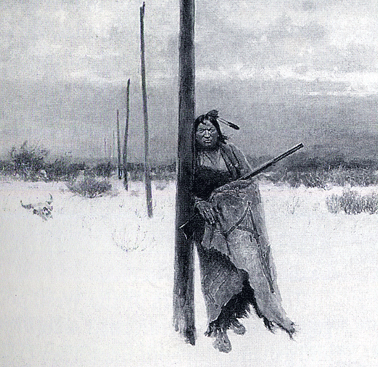The More Things Change the More They Remain the Same
- by Bruce E. McKinney

Collectors and dealers are uncertain.
By Bruce McKinney
From the first book listings posted on line ten years ago dealers have been anxious that they were, like Alice in Wonderland, going into a hole with an unknown destination. They were attracted by the buying opportunities but concerned their customers would find them too and so developed a strategy of buying on the net while ignoring its existence to their customers. In time dealers started to post material as the listing sites emerged as significant selling opportunities. By 2000 Abe, the largest of the used book sites, declared it had 5,700 listing dealers, a number that today is 13,500 to go with their present estimate of more than 80,000,000 books listed.
In the same year, 2000, eBay the online auction, by then well established but with its explosive growth ahead, was listing 200,000 books every day and selling half of them every seven days, a percentage that anecdotally continues to look right even as their listings have grown to 500,000. In just a few years [1996-1999] these two selling forms emerged as substantial alternatives to the bookstores and mail order dealers that dominated bookselling for decades. In fact it wasn't only the how and where of bookselling that was changing. It also became possible to see the number of copies available. What had been impossible to know now became hard to miss: there was far more inventory than collectors imagined and asking prices often bore no relationship to rarity. In short: prices were arbitrary, often illogical, frequently high, their justification illusory.
It also shouldn't have been surprising. Markets are not willingly efficient. They are lions that respond only to the whip. In the world of printed materials the whip is auctions and their customer the buyer who has found information inconsistent and sought more efficient ways to buy. The auction's consignors are collectors and their families now looking to sell, who receiving no satisfactory offers from dealers, increasingly send material to traditional auctions and post on eBay. There the new generation of collectors has become their buyers.
It is these unfolding events that now underpin the struggle to define the future form of the market. It is the "take my word for it" approach of traditional book selling versus the emerging "bid and ask" model that eBay and traditional auctions are rapidly turning into the principal selling form in the field.
For traditional auctions AE provides the only comprehensive on line coverage. In 2005 we found that $439 million of material changed hands and on eBay we estimate $400 million in the category was transacted. On listing sites that handle old and used material we believe $550 million was sold in the category: almost $1.4 billion in total.